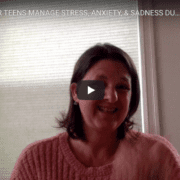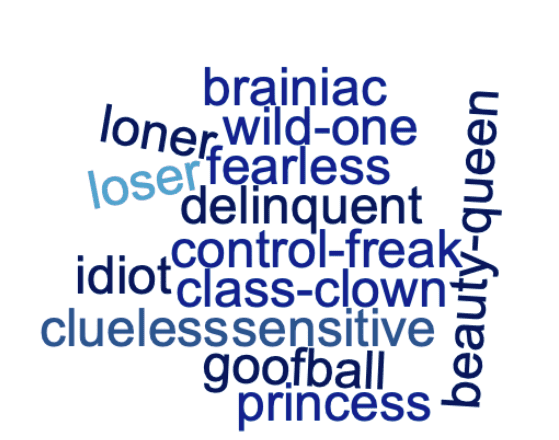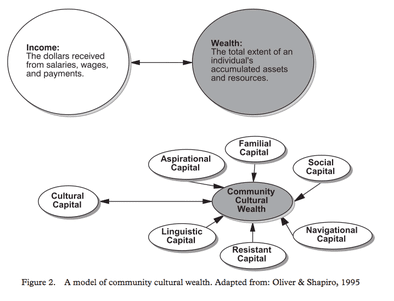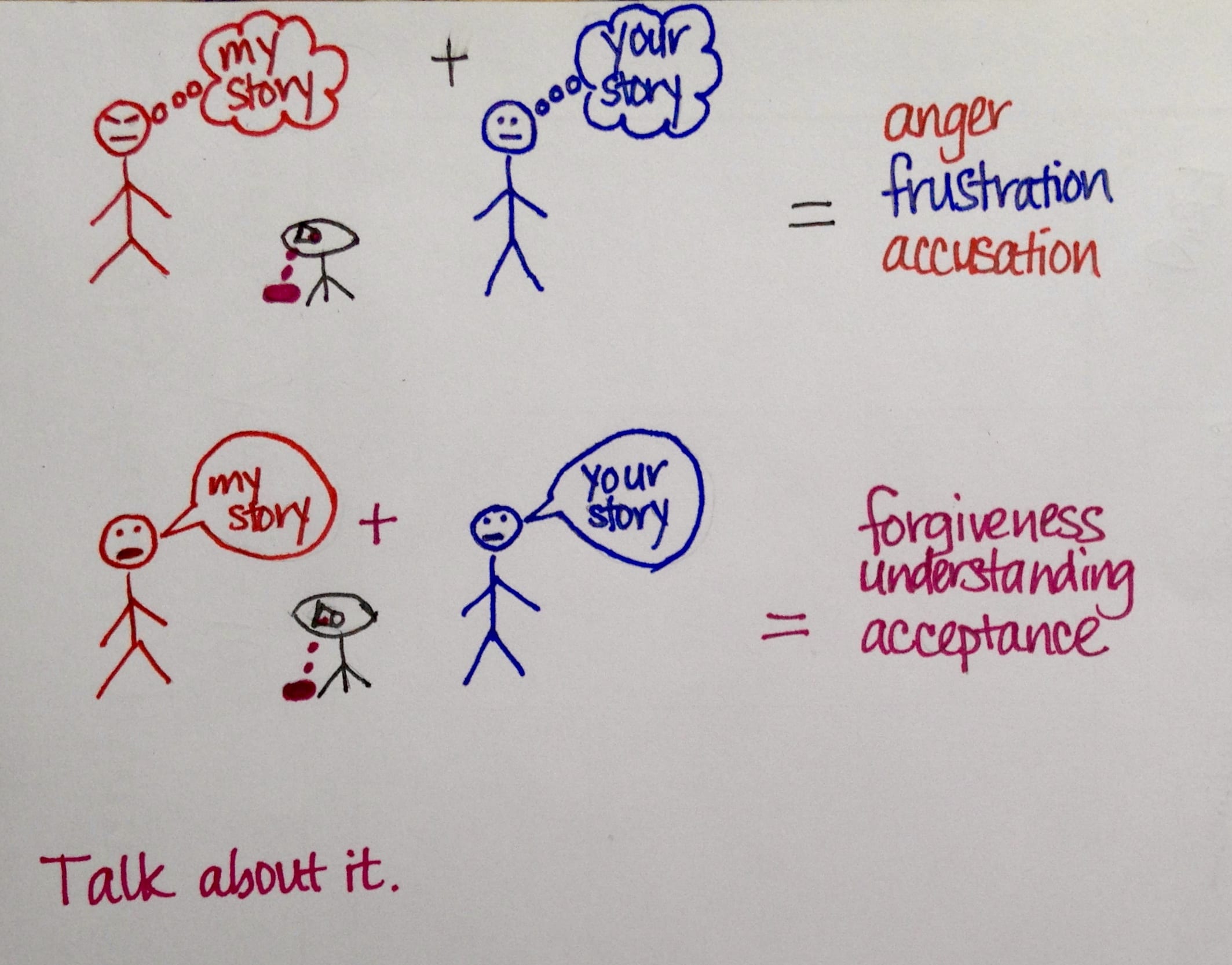Mindful Parenting Tip: Check Your Assumptions
This is one of the most impactful changes I have ever made and while it is simple, it takes practice. It also works for educators and school administrators, or anyone who is in a position of power over students or children.
Step 1: When your t(w)een is doing something you don’t like, stop and name what you’re feeling. For example, if you’ve asked them to come do a chore and they aren’t responding, recognize what your immediate reaction is. Is it frustration? Annoyance? Anger? Maybe there is some story in your head about how often they do this particular thing, “he always ignores me when I ask him to empty the dishwasher!”
Step 2: Acknowledge that what you’re feeling is about you and your priorities, which are absolutely valid, but your child can’t be expected to know what they are right now. Once you’ve acknowledged it, let it go.
Step 3: Ask in a neutral or inquisitive tone whether there is a good reason why your child isn’t responding to you right now. It may be that he is in the middle of a challenging assignment and he wants to focus and finish it before being interrupted. Or maybe there is some other circumstance that you can’t possibly imagine which is causing the delay. Or, maybe, you’re just being ignored or teased. Whatever the reason, if you assume bad intent without getting all of the information, you’re painting your child into a pretty tight corner. If you remain curious about the situation and are clear about your priorities, you are more likely to get a positive response and move toward getting your needs met.
I have heard many stories from students about situations where a teacher yelled at them for not making eye contact or for doodling on their paper when the teacher wanted them to “pay attention.” Those scenarios might enforce compliance, but they don’t build trust, and in many cases, the student had what they felt was a perfectly good reason for doing what they were doing at that point. Had the teacher given the student the benefit of the doubt and stopped to ask why they weren’t “paying attention,” they might have gotten good information about that student without the risk of alienating them. This is especially helpful in cases where a student has a non-traditional learning style. Some kids need to doodle or bounce in their chair in order to comprehend what the teacher is saying. Others have a difficult time making eye contact at all, or might need a little extra time to focus before moving on.
As a parent, when I’m in a hurry, it is easy for me to forget that my children are often immersed in things that are important to them, and I sometimes revert to asserting my power to make them do things on my schedule. I can get angry if I feel as though they aren’t paying attention to me, but if I stop and remember to not take it personally, in general they are more open to helping because I took their priorities into consideration.










Leave a Reply
Want to join the discussion?Feel free to contribute!